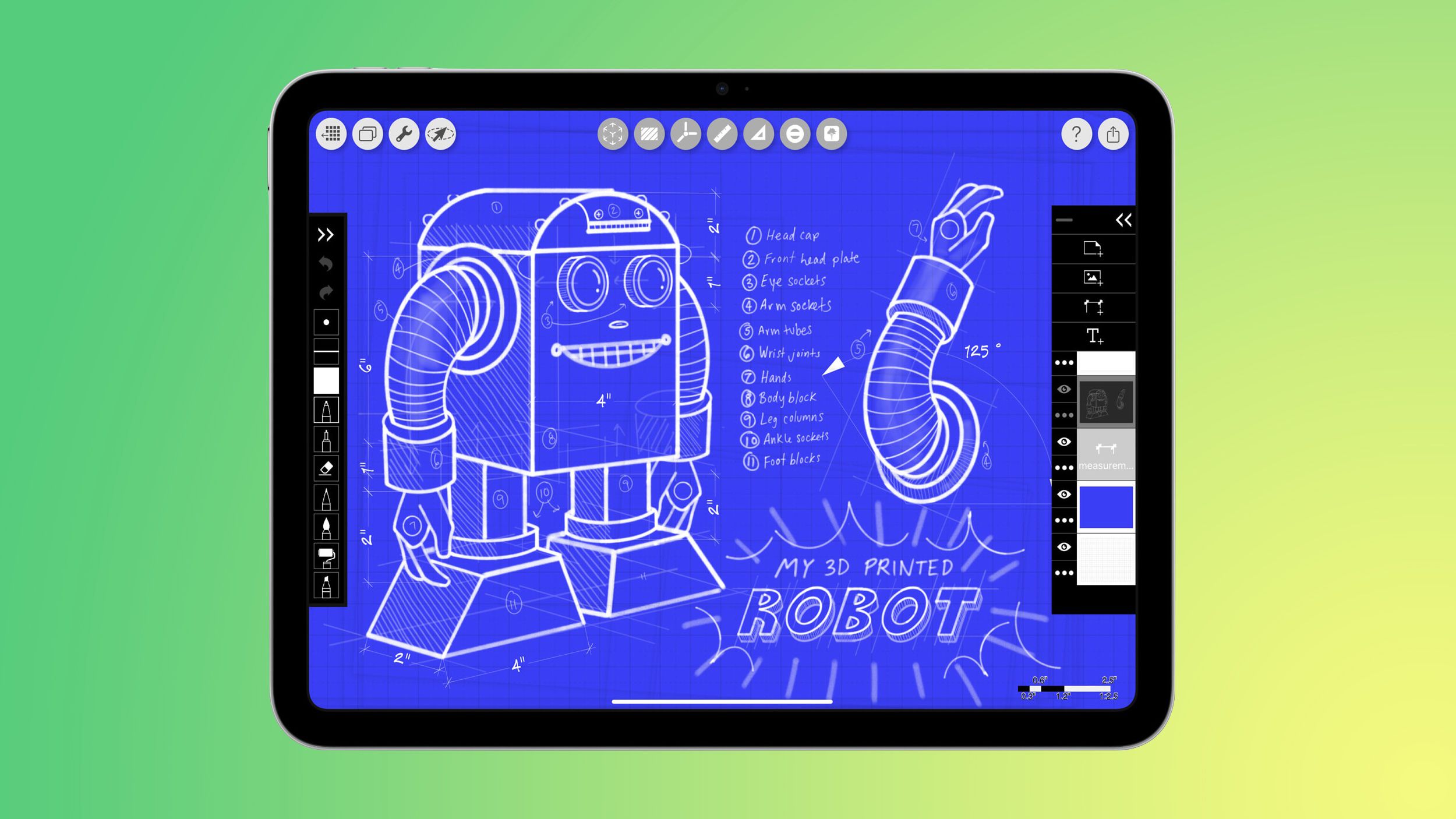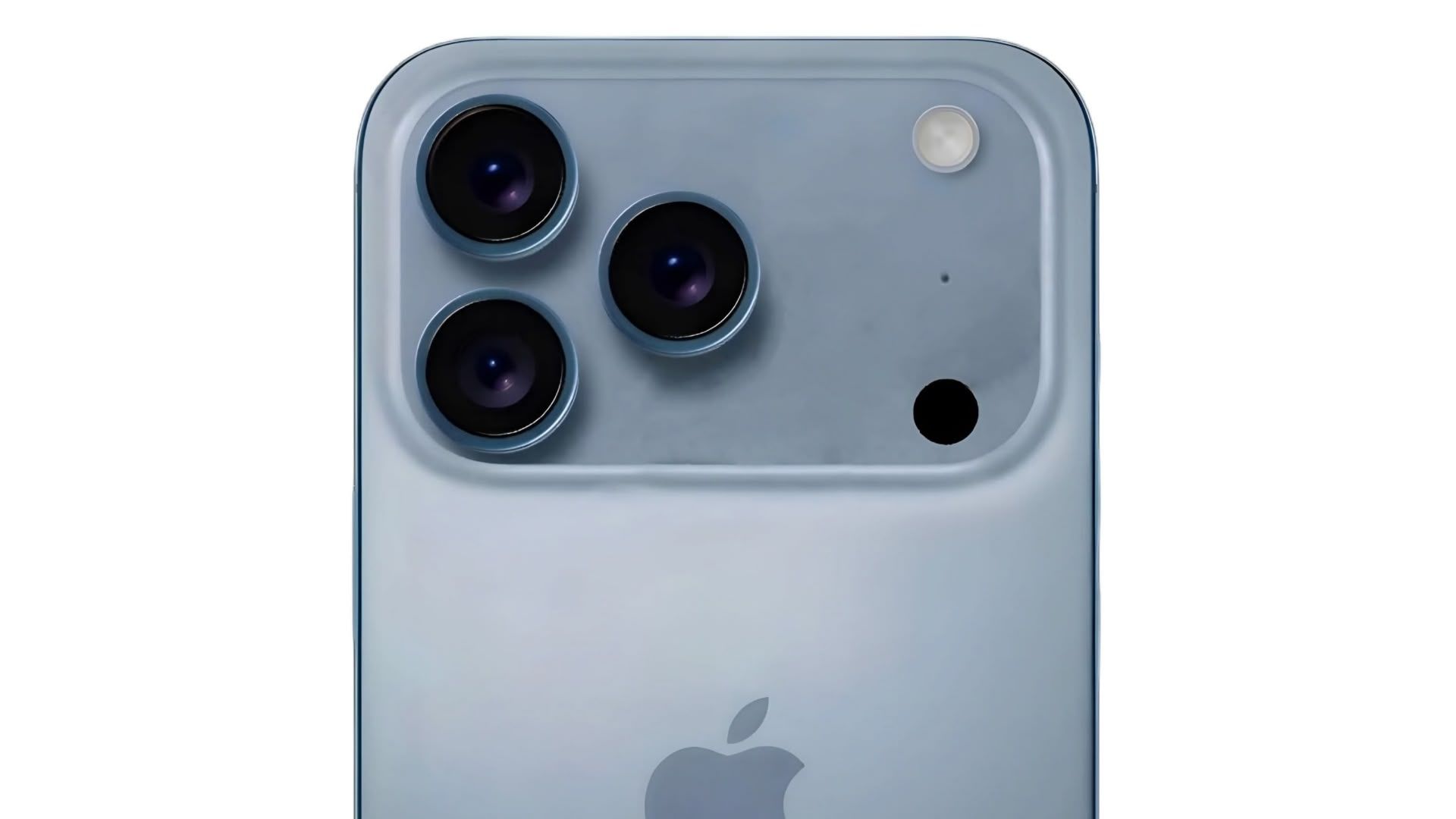Upgrading RAM: A Complex Challenge on the Olimex A20-OLinuXino-LIME2

Upgrading the RAM in most computers is typically a straightforward and user-friendly task. For many, it involves a simple process: researching the compatible RAM modules, purchasing the correct ones, and then following a few steps to replace the old modules with the new onesoften just pushing a couple of levers to release the old RAM and inserting the new ones. However, one ambitious project submitted by Mads Chr. Olesen takes on a much more complex challenge.
In this intriguing endeavor, Olesen aimed to double the RAM on the Olimex A20-OLinuXino-LIME2, a single-board computer that comes with just 1 GB of RAM soldered directly onto the board. Recognizing that the A20 processor could support a higher capacity, he pondered whether it was feasible to swap out the existing RAM chips to achieve this goal. Olesen meticulously documents each step of his journey, including the critical process of selecting a suitable RAM chip for the upgrade as well as how U-Boot, the bootloader used in many embedded systems, determines the amount of memory present in the system.
Unlike traditional desktop computers, where RAM is usually installed in removable modules, the situation with the LIME2 is markedly different due to the soldered nature of its RAM chips. This presented Olesen with a significant hurdle: the need to master BGA soldering, a complex and intricate technique essential for soldering ball grid array components. Initially, he faced obstacles as the soldering did not proceed as planned, which required him to troubleshoot and implement additional steps to rectify the problems arising from the initial attempts.
After a series of reworks on the soldering process, Olesen successfully installed the new RAM chips. The pivotal moment of truth had arrived when he powered up the LIME2 once again. To his delight and relief, the upgrade was a successthe computer booted up seamlessly, confirming that he had transformed his LIME2 into the only one of its kind boasting 2 GB of RAM.
This remarkable project not only showcases the potential of upgrading embedded systems but also highlights the importance of perseverance in the face of technical challenges. For those interested in similar undertakings, Olesen encourages exploring other BGA soldering projects that have been featured over the years, which may inspire further modifications and enhancements in various devices.



























